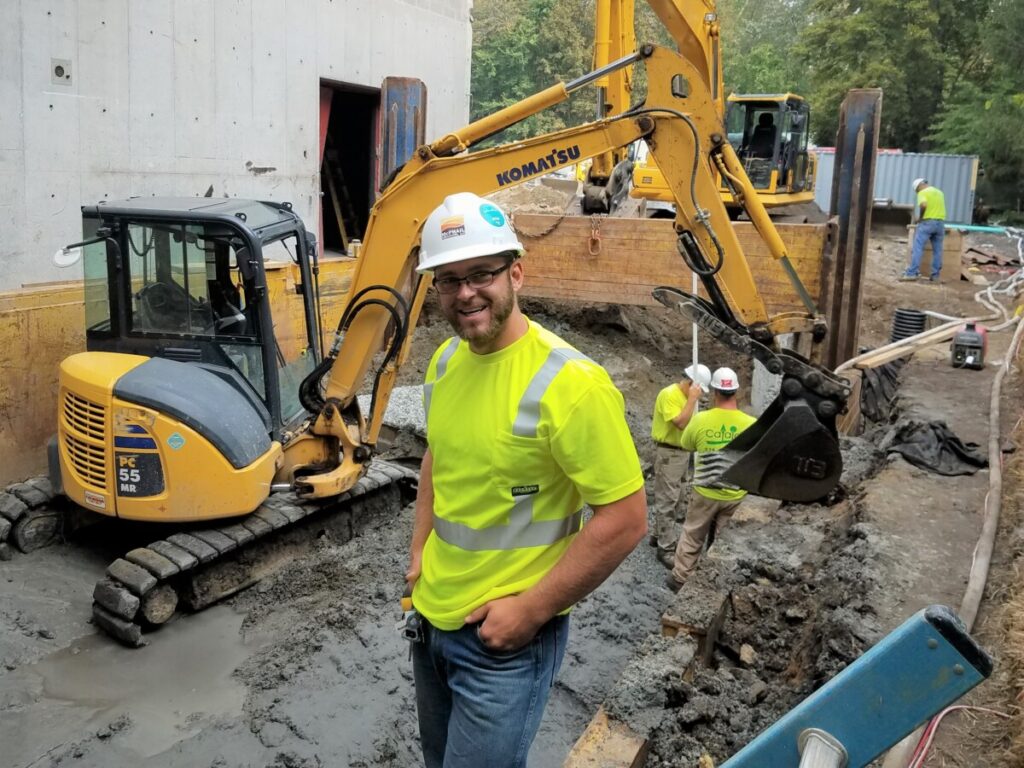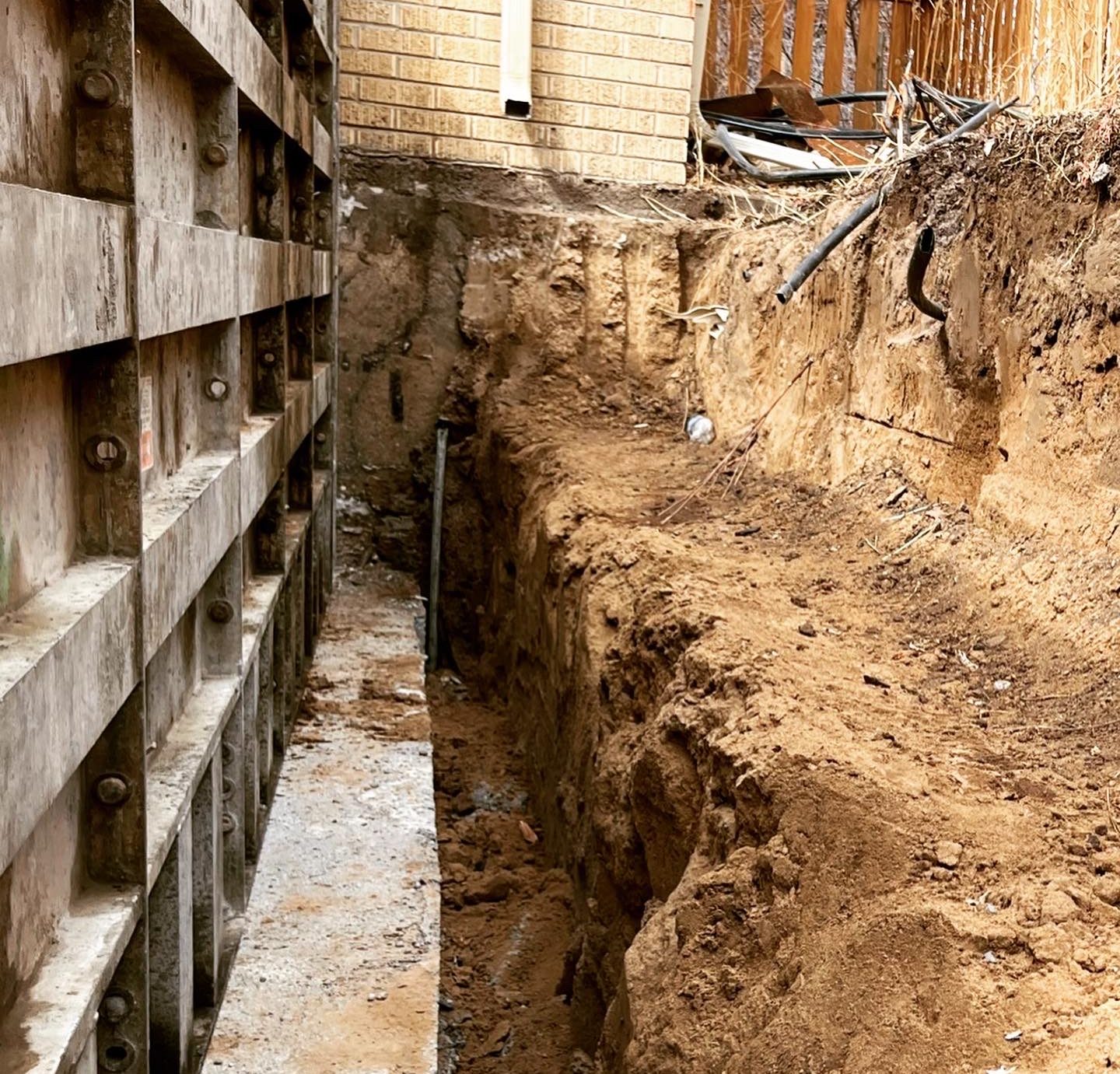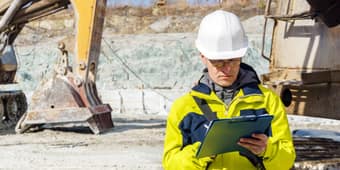The Impact of New Technologies on the Geotechnical Industry
The Impact of New Technologies on the Geotechnical Industry
Blog Article
The Crucial Contributions of Geotechnical Engineers in Analyzing Soil Habits and Structure Style for Lasting Framework Advancement
Geotechnical designers serve as a foundation in the world of sustainable framework growth, where their competence in evaluating dirt behavior straight affects the security and long life of structures. By using innovative strategies such as Standard Penetration Tests and Cone Infiltration Screening, they diligently assess soil residential or commercial properties, leading to notified choices on foundation design.
Duty of Geotechnical Engineers

In addition to site investigations, geotechnical designers evaluate possible threats such as dirt liquefaction, slope stability, and groundwater problems. They apply sophisticated engineering principles to develop remedies that minimize these threats, guaranteeing that styles conform with pertinent codes and standards. Their job commonly involves cooperation with other engineering self-controls, architects, and ecological researchers to produce incorporated methods to infrastructure growth.
Moreover, geotechnical engineers add to sustainable practices by advertising making use of materials and methods that reduce environmental impact. Through their comprehensive understanding of soil mechanics and geology, they play a crucial duty in cultivating safe, durable, and lasting facilities that satisfies the demands of culture while protecting the environment.
Soil Behavior Assessment Strategies
Understanding soil behavior is basic to informed decision-making in geotechnical design, as it straight influences the design and building procedures. Different assessment strategies are employed to examine soil properties, making certain accurate predictions of its performance under various loading conditions.
One key technique is the Basic Penetration Test (SPT), which provides insights into dirt thickness and consistency through the resistance encountered during penetration. Similarly, Cone Penetration Testing (CPT) uses a continuous account of dirt stratification and in-situ stamina specifications, enabling a more comprehensive understanding of subsurface problems.
Research laboratory tests, such as Atterberg limitations, unconfined compressive strength, and triaxial examinations, are essential for characterizing soil habits under regulated conditions. These tests promote the resolution of important parameters, consisting of shear toughness, leaks in the structure, and compressibility.

Structure Style Principles
Foundation design concepts are critical for guaranteeing the security and durability of structures, as they dictate how lots are sent from the superstructure to the underlying dirt. These concepts include various considerations, consisting of load-bearing capability, settlement, and lateral security. A detailed understanding of dirt auto mechanics is important for geotechnical designers to examine the interaction between the structure and the soil.
One secret principle is the ideal choice of foundation kind, which might include superficial foundations, such as spread footings, or deep structures, like caissons or heaps, depending upon soil problems and architectural loads - geotechnical eng. The structure should be designed to decrease differential settlement, which can lead to architectural damage

Lasting Facilities Practices
How can we properly integrate sustainability into infrastructure techniques? Sustainable infrastructure techniques begin with thorough site assessments, which assess soil habits, local ecological communities, and resource schedule.
Additionally, employing ingenious construction strategies, such as using low-impact structures and recycled materials, dramatically lowers the carbon footprint of infrastructure jobs. Geotechnical designers play a pivotal function in choosing suitable materials that boost toughness and sustainability, such as using geo-synthetics to enhance dirt security and decrease disintegration.
In enhancement, lasting framework practices need continuous surveillance and maintenance read this post here to guarantee that frameworks remain resilient over time. Inevitably, these techniques not just add to the longevity of structures but also promote a much healthier setting, straightening framework advancement with broader sustainability purposes.
Study and Applications
Situation research studies in geotechnical engineering offer valuable understandings right into the functional applications of soil behavior and lasting framework methods. One noteworthy example is the construction of the Burj Khalifa in Dubai, where extensive dirt screening and analysis were performed to review the one-of-a-kind obstacles positioned by the region's loosened sand and high water table. Geotechnical designers employed progressed methods such as dynamic penetrating and cone penetration screening to figure out the soil's load-bearing capacity, ultimately resulting in the layout of a deep foundation system that sustains this famous structure.
An additional essential situation is the remediation of the San Francisco-Oakland Bay Bridge after the 1989 Loma Prieta earthquake. Geotechnical analyses exposed this website the need for dirt stabilization methods, including grouting and soil nailing, to improve the seismic resilience of the structure. These interventions not just improved the bridge's safety and security but likewise contributed to its durability and sustainability.
Such study exemplify exactly how geotechnical engineers play a crucial duty in comprehending dirt behavior and using cutting-edge options to make certain the structural honesty and sustainability of infrastructure jobs. geotech engineer. Their expertise is vital in addressing the complicated tests posed by different dirt problems throughout diverse geographic places
Verdict
Finally, the payments of geotechnical designers are essential for the assessment of soil habits and the style of structures, which are crucial for sustainable infrastructure advancement. Via the application of innovative screening techniques and ingenious materials, these experts make sure the security and security of frameworks while minimizing environmental impacts. The combination of sustainable techniques promotes strength in framework tasks, highlighting the relevance of collaboration amongst stakeholders to attain reliable building and construction solutions that meet both societal and environmental demands.
Geotechnical designers offer as a keystone in the world of sustainable infrastructure development, where their expertise in evaluating soil behavior straight affects the safety and security and durability of structures.Geotechnical designers play an important function in the design and construction of framework by assessing soil and rock behavior to ensure security and safety and security. An extensive understanding of soil auto mechanics is important for geotechnical engineers to review the interaction between the structure and the soil.
Geotechnical analyses exposed the need for dirt stabilization strategies, including grouting and soil nailing, to boost the seismic strength of the foundation.In verdict, the payments of geotechnical engineers are crucial for the assessment of dirt habits and the layout of structures, which are vital for sustainable framework development.
Report this page